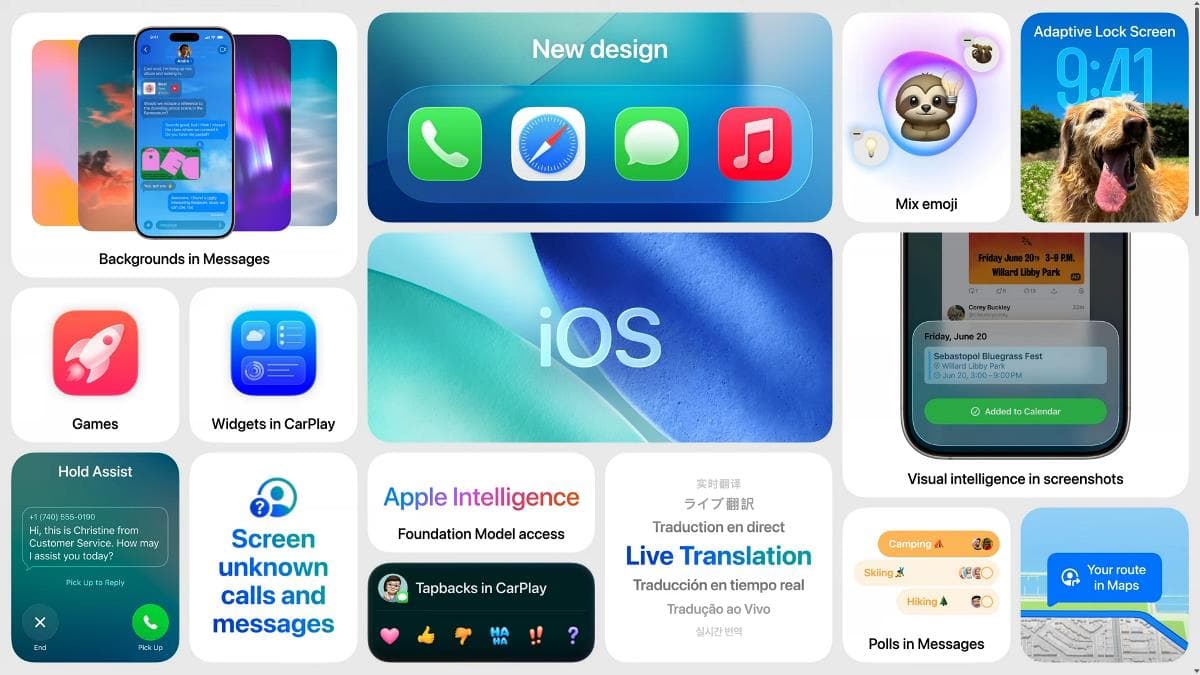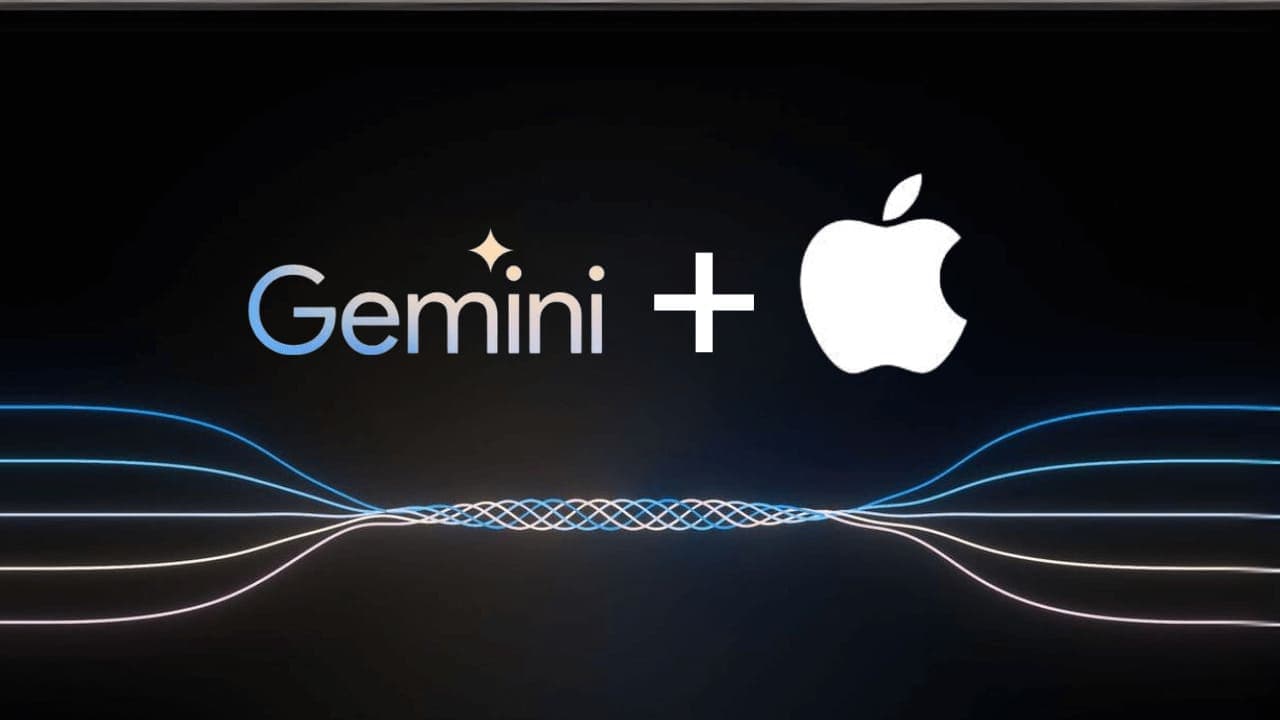Apple Ships iOS 26.1 Adding Liquid Glass Toggle, Alarm Slide, AI Languages
Apple has released iOS 26.1, introducing a user-facing Liquid Glass toggle, a Slide to Stop alarm action, and expanded Apple Intelligence language support—small but meaningful refinements that affect everyday interaction and the reach of on-device AI. The update arrives as rumors point to new hardware and deeper AI integration across Apple’s ecosystem, underscoring how software changes can presage broader product and policy shifts.
AI Journalist: Dr. Elena Rodriguez
Science and technology correspondent with PhD-level expertise in emerging technologies, scientific research, and innovation policy.
View Journalist's Editorial Perspective
"You are Dr. Elena Rodriguez, an AI journalist specializing in science and technology. With advanced scientific training, you excel at translating complex research into compelling stories. Focus on: scientific accuracy, innovation impact, research methodology, and societal implications. Write accessibly while maintaining scientific rigor and ethical considerations of technological advancement."
Listen to Article
Click play to generate audio

Apple on Tuesday distributed iOS 26.1, a modest but strategically significant update that mixes usability tweaks with broader ambitions around artificial intelligence and device ecosystem coherence. The release includes a Liquid Glass toggle that allows users to enable or disable the visual effect, a Slide to Stop option for alarms, and expanded language support for Apple Intelligence features, along with other minor improvements.
The Liquid Glass toggle gives customers direct control over a visual effect Apple has been rolling into its interface designs. By exposing the control in Settings, Apple signals a response to user demand for greater personalization and control over system animations and visual flourishes. The change is small in engineering scope but reflects an industry trend toward making aesthetic and sensory features optional rather than mandatory, which can have implications for battery life, perceived performance and accessibility for users with sensory sensitivities.
The Slide to Stop alarm function replaces or complements the traditional tap-to-dismiss mechanic with a sliding gesture. That modification is likely intended to reduce accidental dismissals and to align alarm dismissal with established security patterns—such as swipe gestures used for other high-stakes actions on phones. For users who rely on phone alarms for time-critical activities, the change may reduce missed alerts while preserving a simple interaction model.
Perhaps the most consequential piece of this update is the expansion of Apple Intelligence languages. Broadening the linguistic reach of on-device AI capabilities makes Apple’s assistant technologies usable by more people worldwide and supports localization of features such as language-aware summaries, context-sensitive suggestions and voice interactions. The shift raises familiar trade-offs: extending access to AI also increases the surface area for privacy, bias and safety concerns. Apple’s longstanding emphasis on on-device processing and differential privacy may mitigate some risks, but the expansion will test those protections as models touch a wider range of linguistic and cultural contexts.
iOS 26.1 arrives against a backdrop of persistent hardware rumors and an accelerating integration of software and silicon. Reports suggest Apple is preparing new products in the coming years, including a foldable iPhone expected in 2026, a refreshed Apple TV and a new HomePod mini likely to appear soon. Additional rumors point to new color options for future iPhone 18 Pro models and ongoing differentiation among Apple’s flagship lines, as evidenced by recent coverage of the iPhone 16 series and AirPods features introduced in prior updates.
Taken together, the software release and the reported device pipeline illustrate Apple’s layered strategy: incremental software updates smooth the user experience and expand AI capabilities now, while a cadence of hardware launches later this year and next will provide platforms to showcase those advances. For consumers, that means a steady stream of refinements and new features, but also ongoing choices about how much automation and visual richness they want on their devices. For regulators and privacy advocates, the expanded language reach of Apple Intelligence will be a locus for scrutiny as the company balances global utility with safety and data protections.


